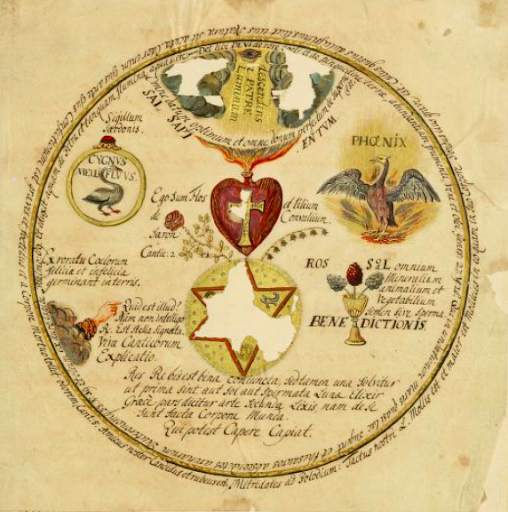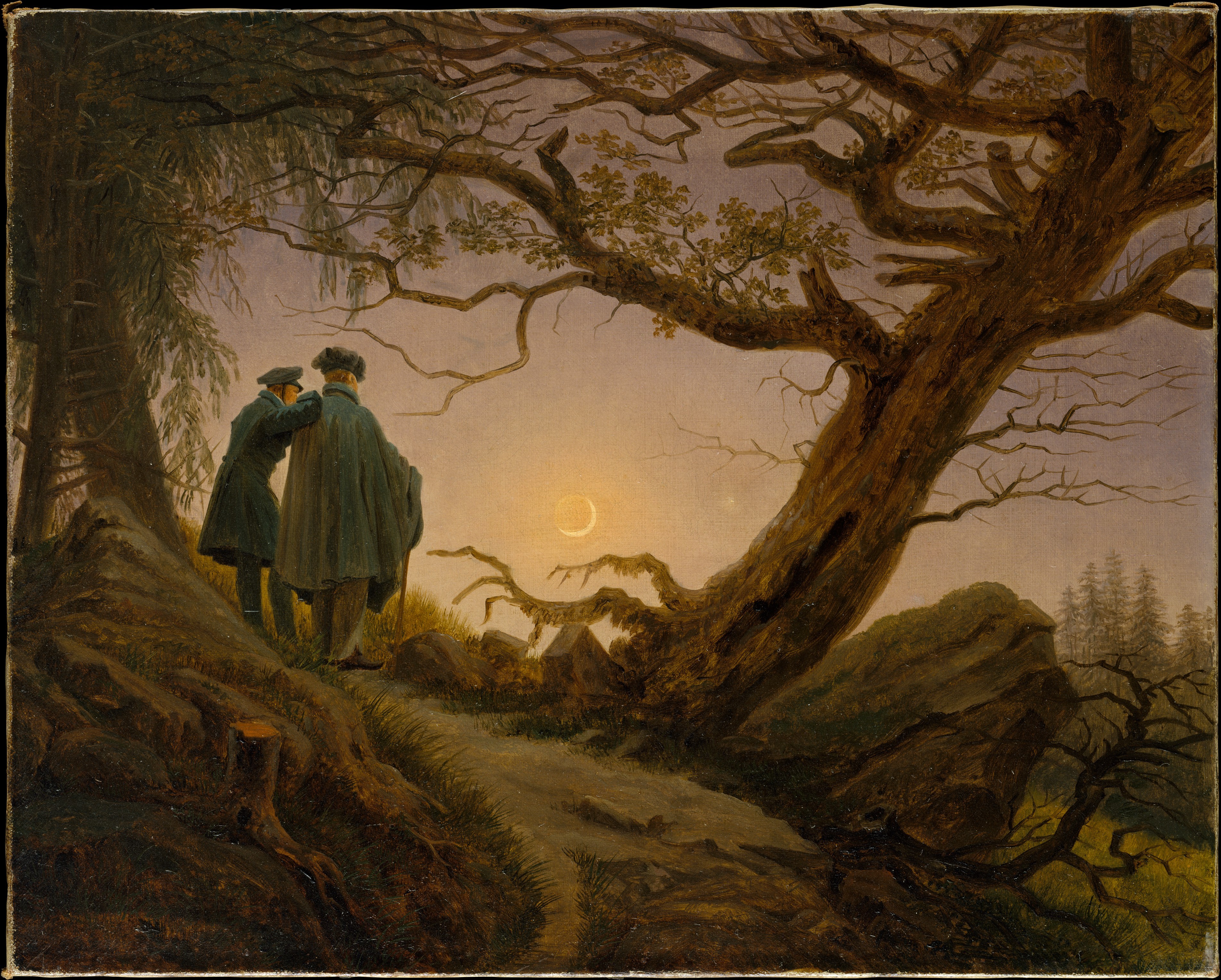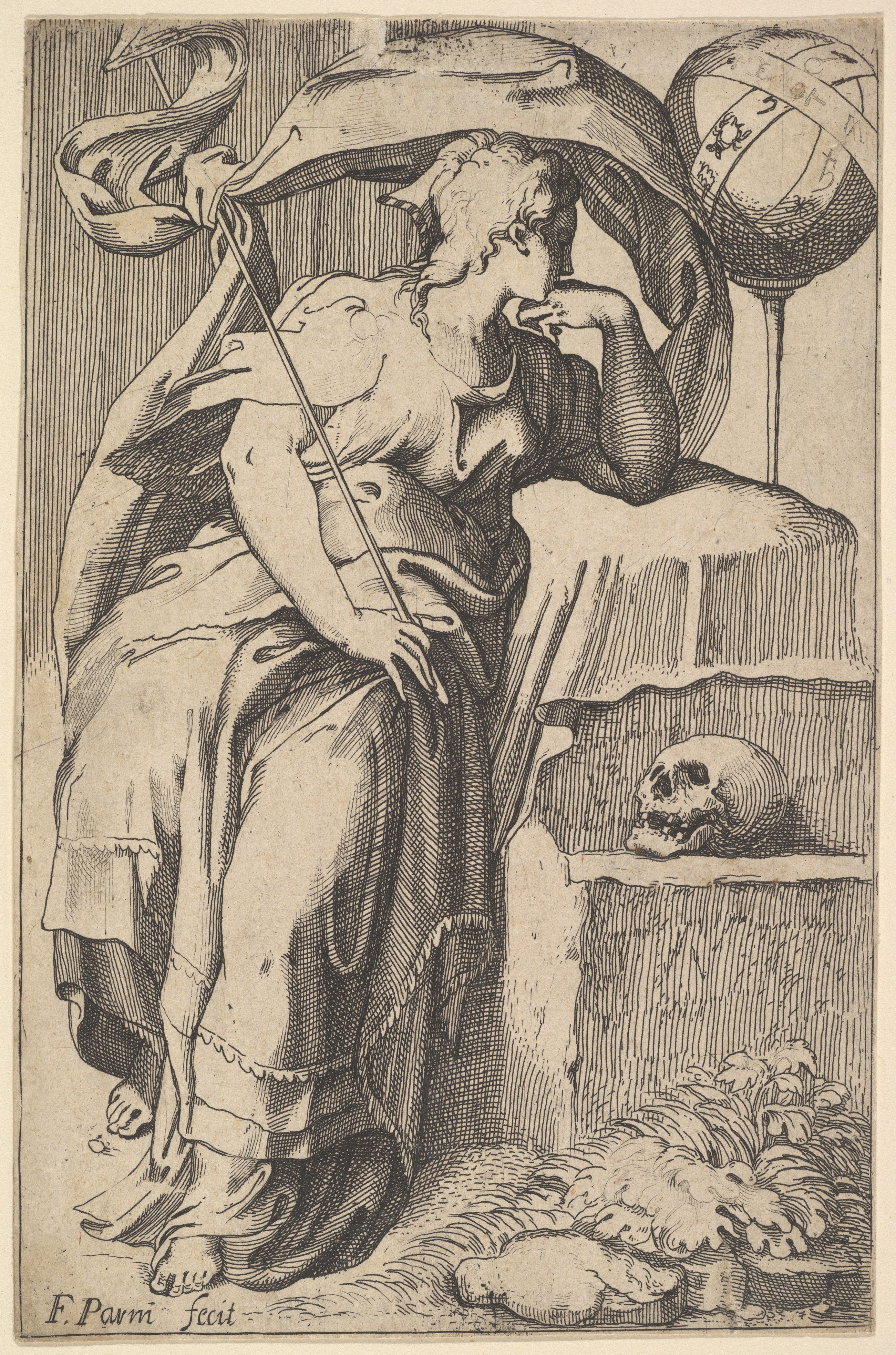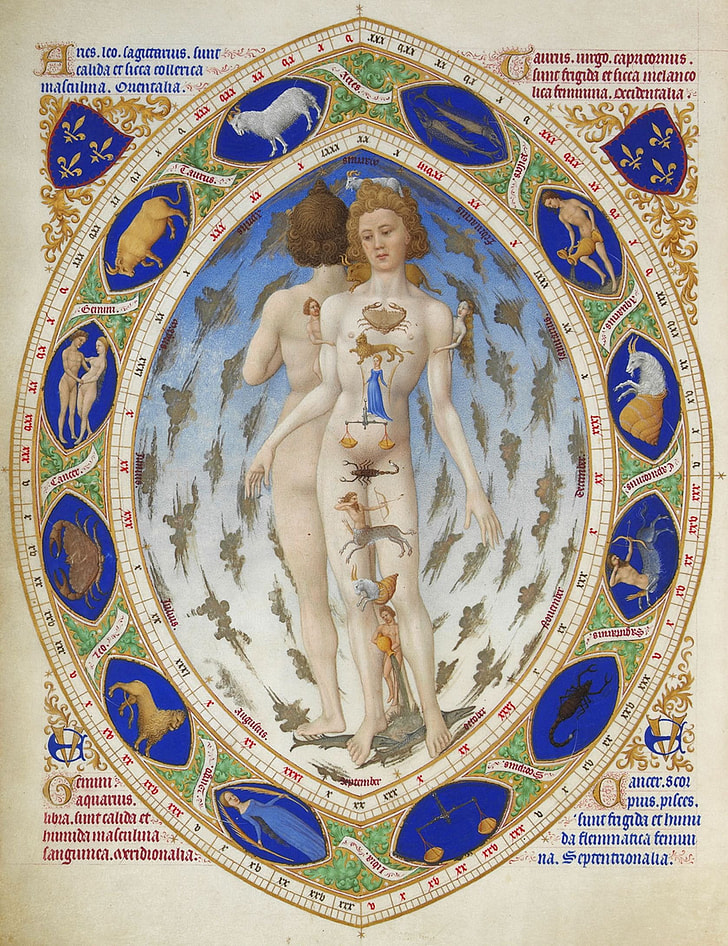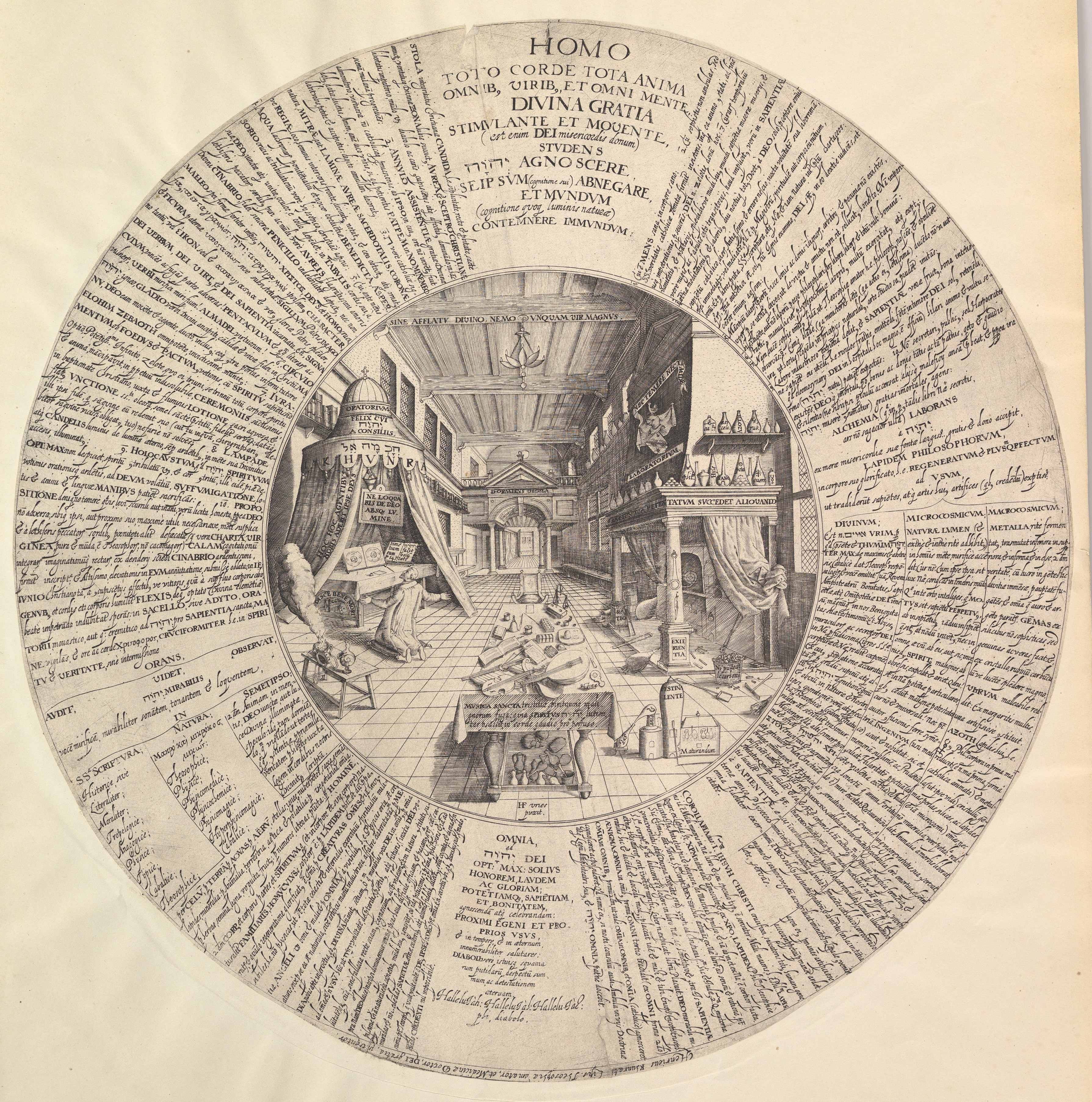The Hermetic Tradition
The Hermetic tradition has its roots in Egypt with the Egyptian God Thoth, who was the patron of all knowledge, science, medicine and writing. However, it found its flourishing during the Greco-Egyptian and Roman periods, when Thoth was identified with the figure of Hermes Trismegistus. The tradition continued through the Islamic civilisation and had a resurgence in the West during the Renaissance with the translation of the Corpus Hermeticum into Latin. The tradition has been almost entirely disregarded by modern science and religion, but its timeless principles have inspired thinkers in the fields of science, philosophy, theology and medicine throughout history. The English writer and artist William Blake said of Hermeticism, “Every age renews its powers from these works”.
